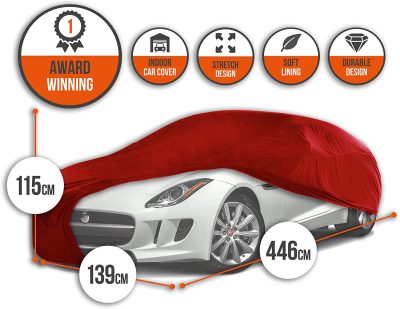1. What should I pay attention to in winter?
1. Rain and snow damage
After snow, the car paint is most vulnerable to damage. Snow water contains high salt and various alkaline components. Once it is splashed on the car body and chassis, if it is not cleaned in time, it will cause serious corrosion to the paint, car chassis, and tires.
2. Parking position
Don’t stop under the tree, pay attention to bird droppings and fallen leaves. Because bird droppings are very acidic and corrosive to a certain extent, bird droppings on the car will corrode the paint and even crack. It is best to park in the underground garage. If it is not working, it is recommended to buy a car jacket to cover the car.
2. How to repair car paint?
1. Waxing
Car body maintenance is generally waxing, sealing and coating. Waxing is the most conventional method, simple and low-cost. After the vehicle is cleaned, apply the car wax to the car body with a sponge, wait for about ten minutes to air dry, and then apply forcefully with a fiber towel until it becomes bright. In fact, glaze sealing and coating are also waxing, but the operation method is different.
2. Coating
Strictly speaking: coating, crystal plating and “glaze sealing” are all waxing, but the wax used is different and the tools are more professional. When it comes to coating, we have to say that Damark’s engine compartment coating maintenance project not only delays the aging of the wiring harness and rubber parts, but also isolates moisture and reduces the risk of corrosion and spontaneous combustion.
3. Sealing the glaze
The essence is just waxing the paint surface. Car glaze is to polish off the original glazing paint, and then apply a layer of paraffin wax to produce the so-called glaze. Disadvantages: Not only will the original car paint be worn down and thinner, it will also cause the paint layer to overheat and cause internal injuries. I suggest you keep your eyes open.






















